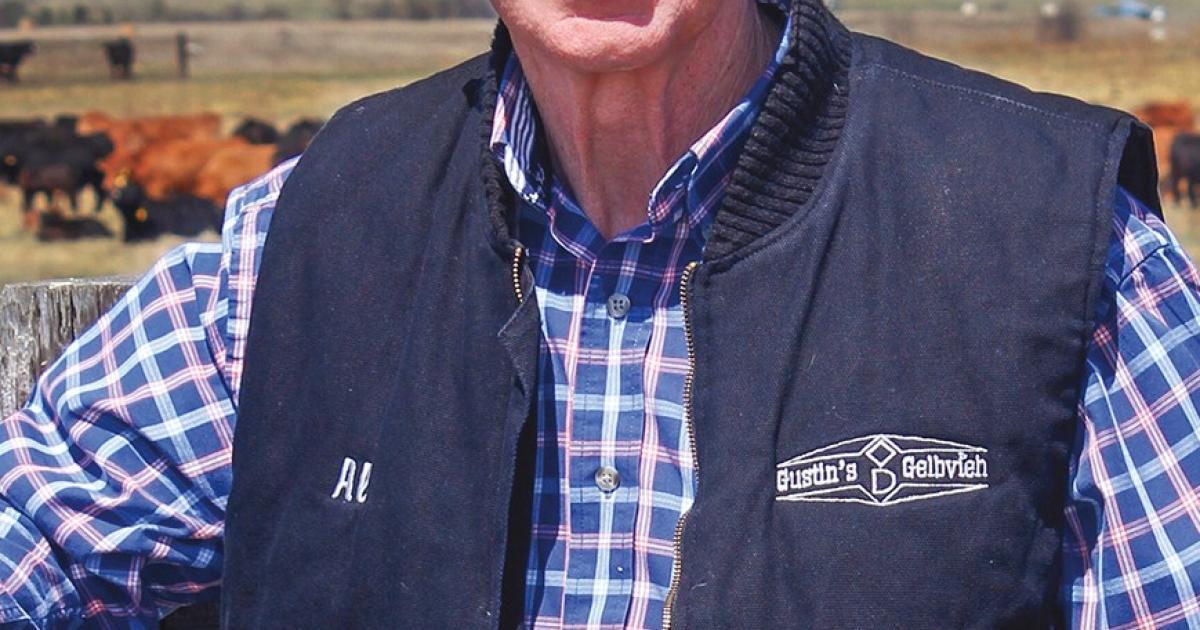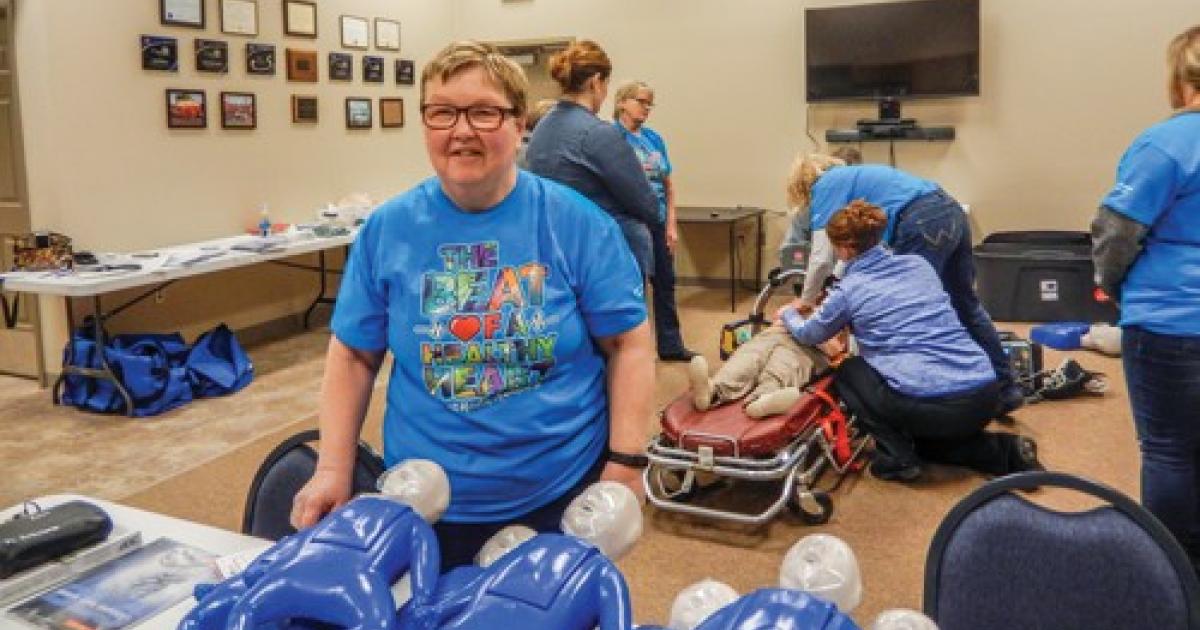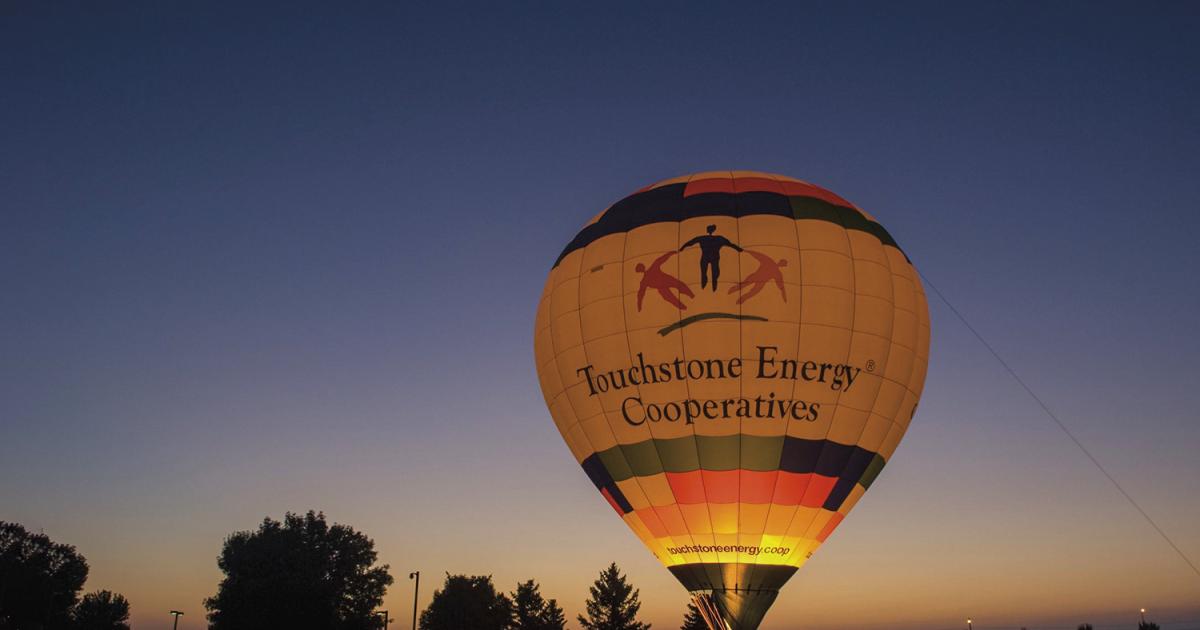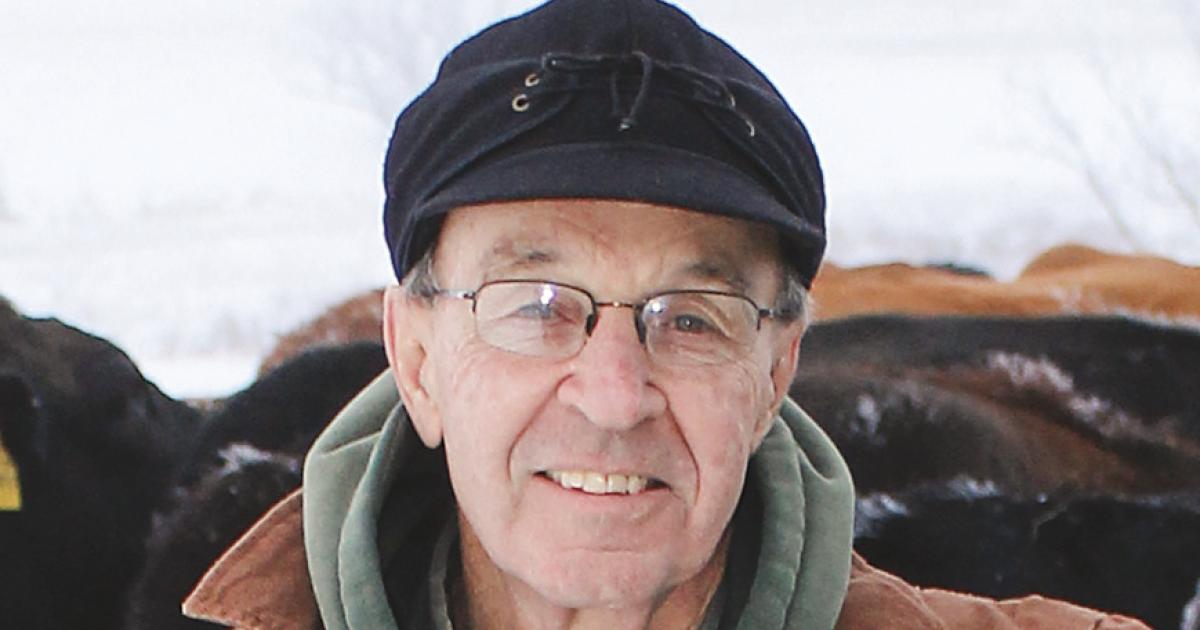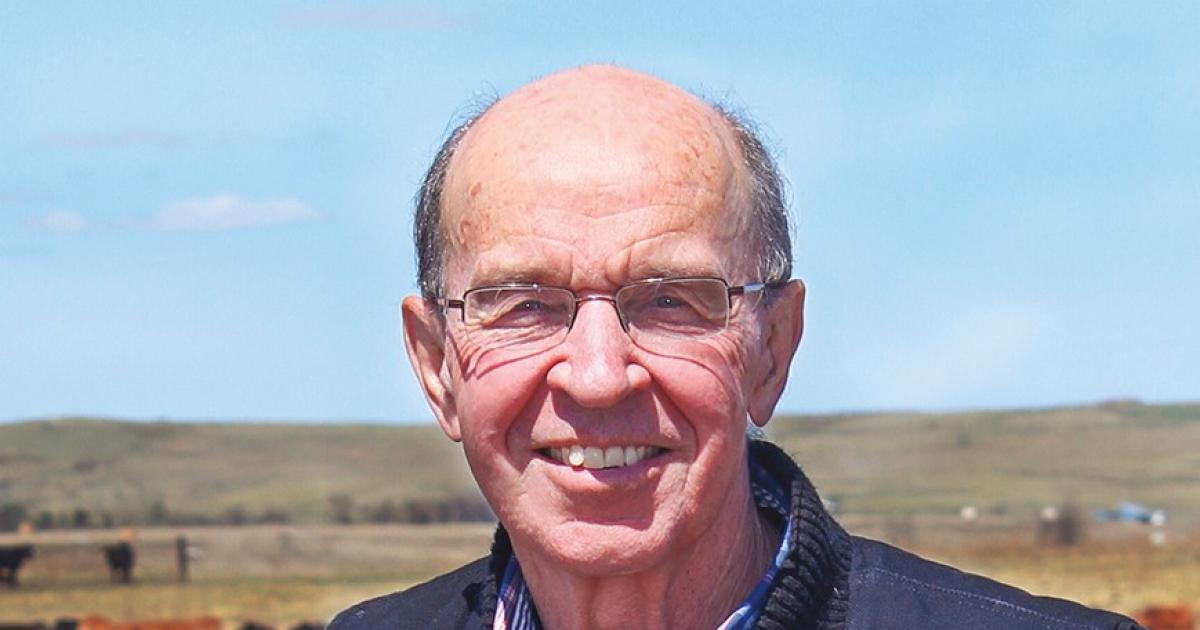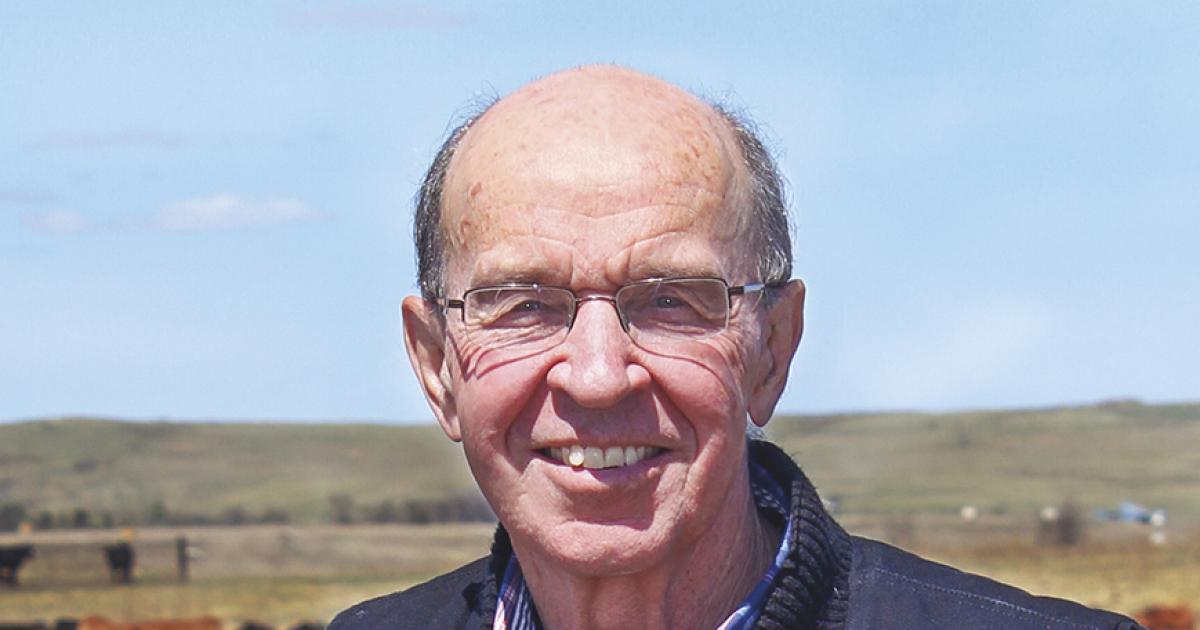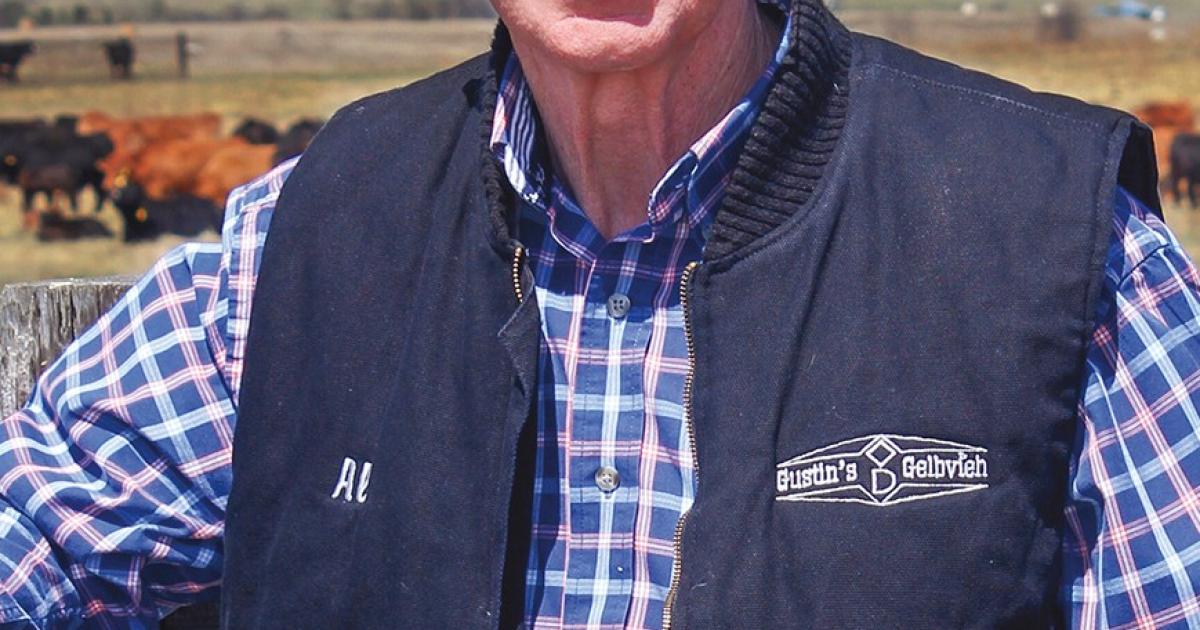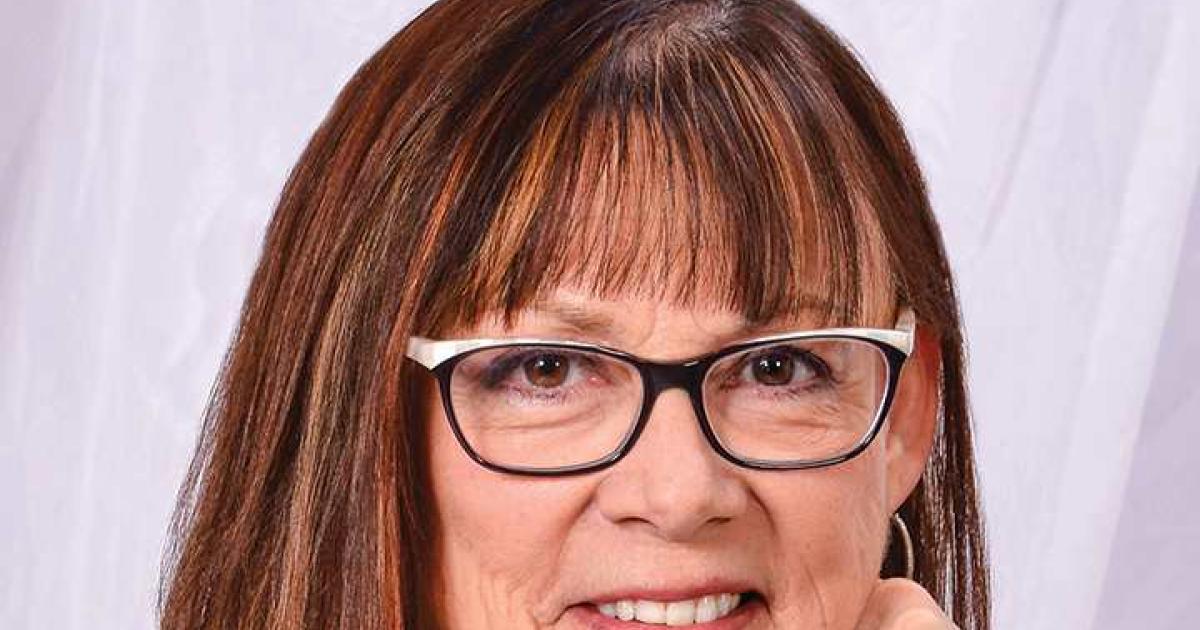For the past few months, the U.S. Department of Agriculture (USDA) has been gathering information for the 2017 Census of Agriculture. The Census of Agriculture, taken once every five years, is a complete count of U.S. farms and ranches and the people who operate them. USDA says, “Even the small plots of land – whether rural or urban – growing fruit, vegetables or some food animals count if $1,000 or more of such products were raised and sold … during the Census year.”
Al Gustin
It doesn’t take much of an operation to generate $1,000. A couple of cows would do that, or a flock of chickens or a small apple orchard.
In 2017, North Dakota had about 9,000 farms that had annual sales of $1,000 to $10,000. The state also had about 7,500 farms with sales of $500,000 or more. In the 10 years from 2007 to 2017, the number of farms in the low-sales-volume category increased about 12 percent. Meanwhile, the number of large farms, those with $500,000 or more in sales, more than tripled.
I’ve written before about the wide diversity of agriculture in this country – everything from cranberries in Michigan, to cattle in Montana, to cotton in Texas and celery in California. Here in North Dakota, we lead the nation in the production of a dozen agricultural commodities and grow many others. So, we have this wonderful diversity of production, and a great diversity in the size of farm operations. The smallest category of North Dakota farms, in terms of sales volume, averaged 150 acres. The largest averaged 4,500 acres.
As a farm broadcaster for 50 years, I was very conscious of that diversity. Broadcasting has been described as a “shotgun approach” to the dissemination of information. As a farm broadcaster, you could say that I was “narrow casting,” because my programming was aimed primarily at one segment of the audience, albeit a very diverse one.
There are those who argue that diversity leads to strength. Not everyone agrees with that. But one thing is certain. Agriculture’s diversity creates challenges for those who write farm policy, and for those who broadcast to the agricultural audience or write columns in magazines like this one.
Al Gustin is a retired farm broadcaster, active rancher and a member of Mor-Gran-Sou Electric Cooperative.


